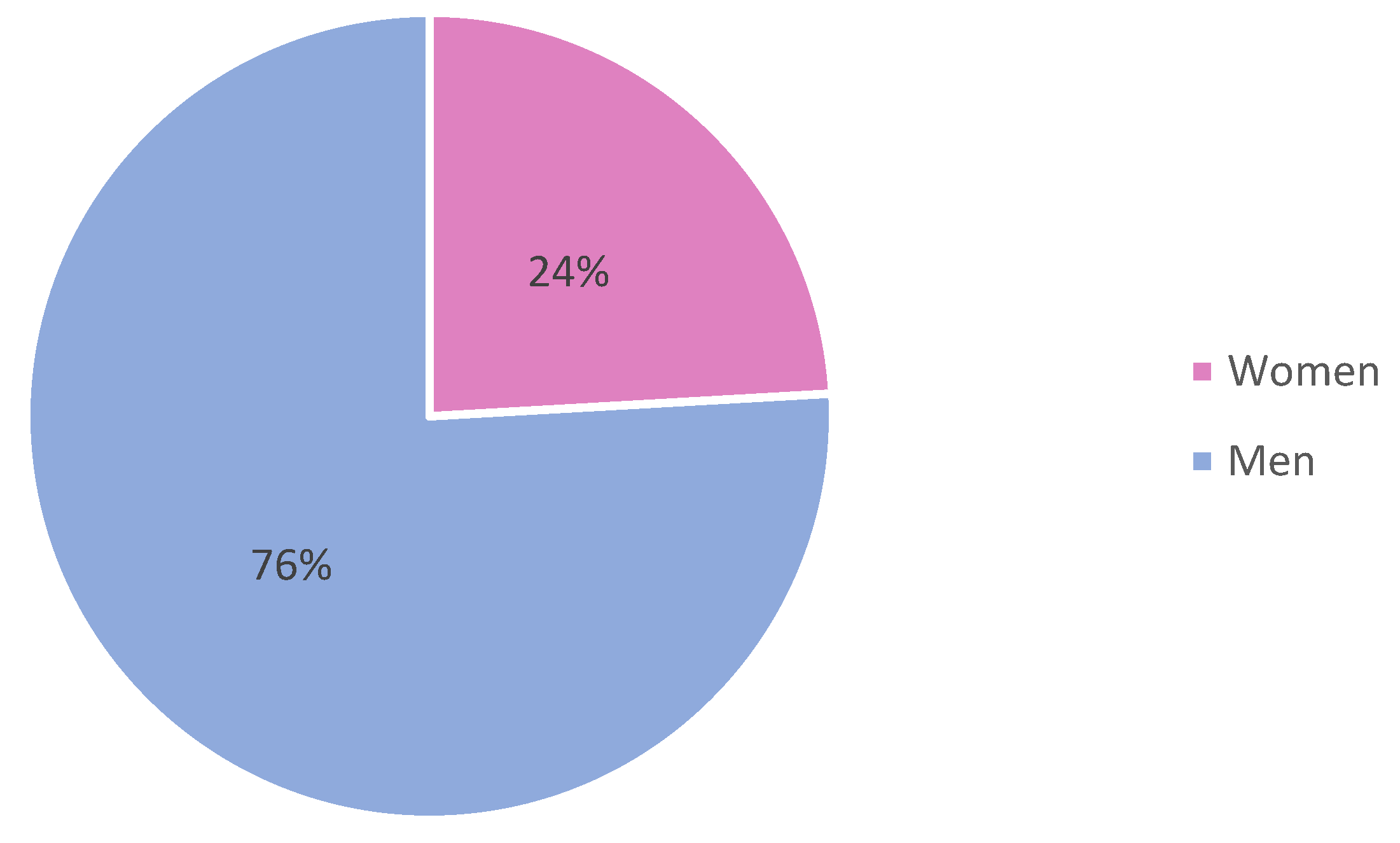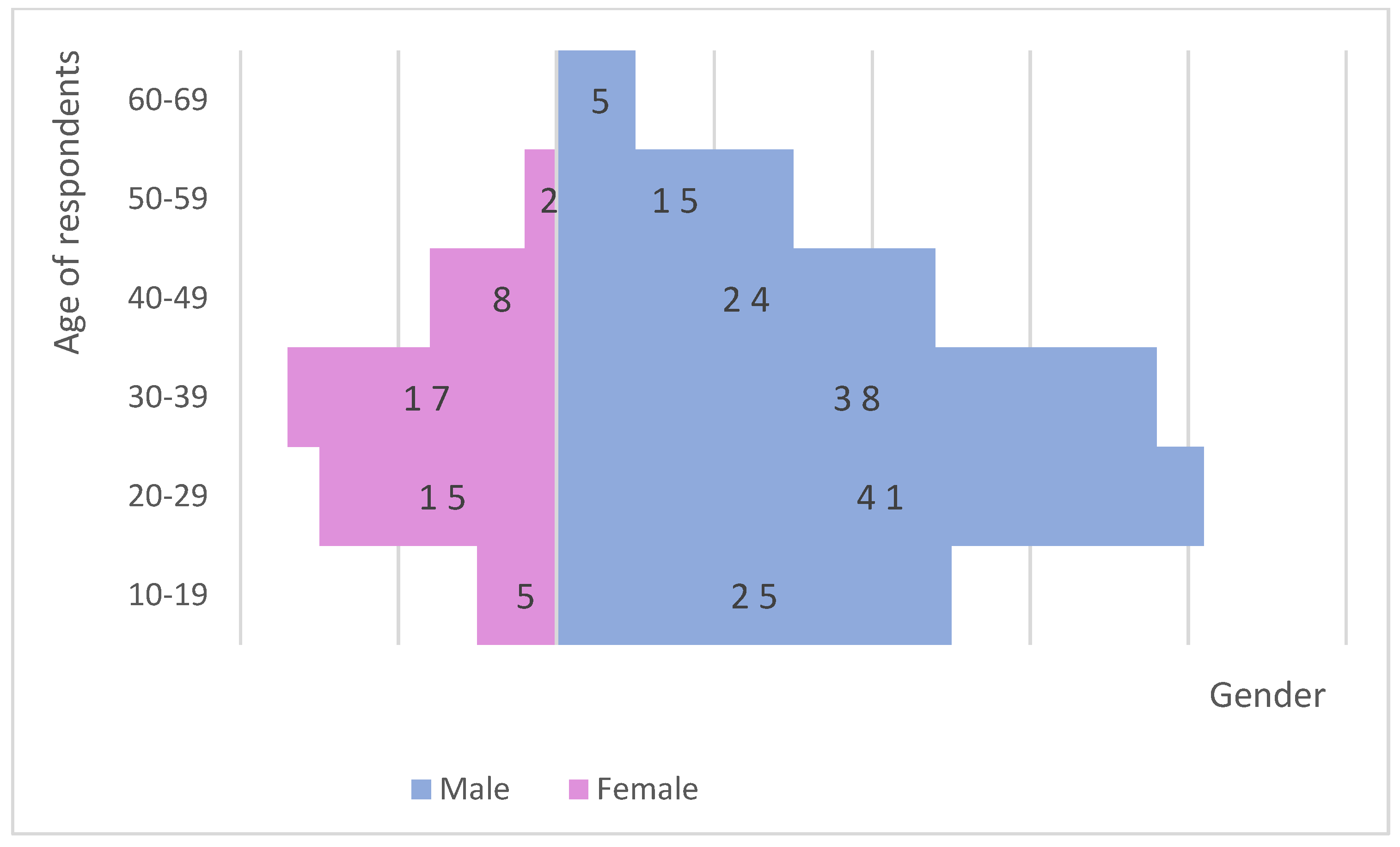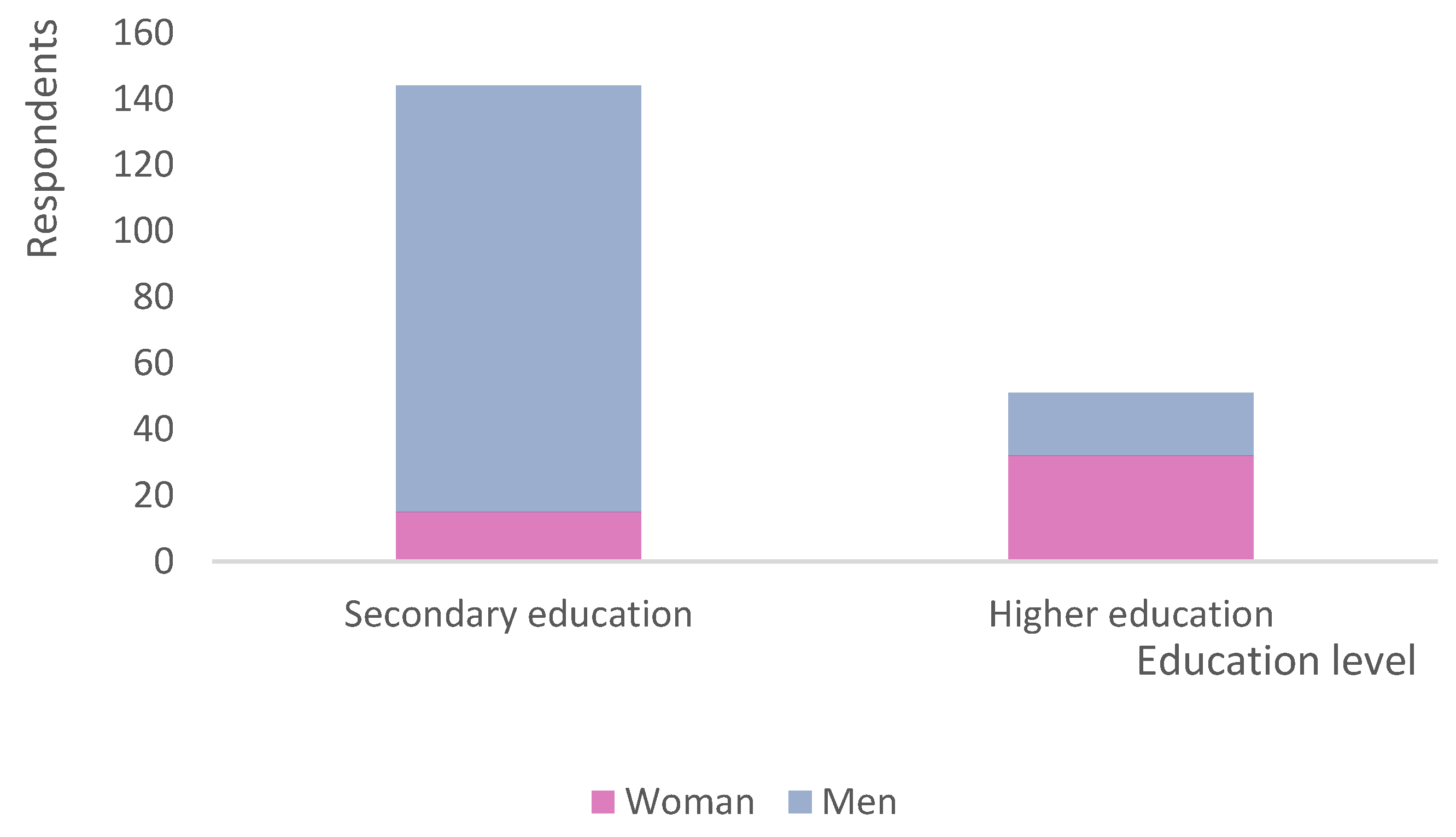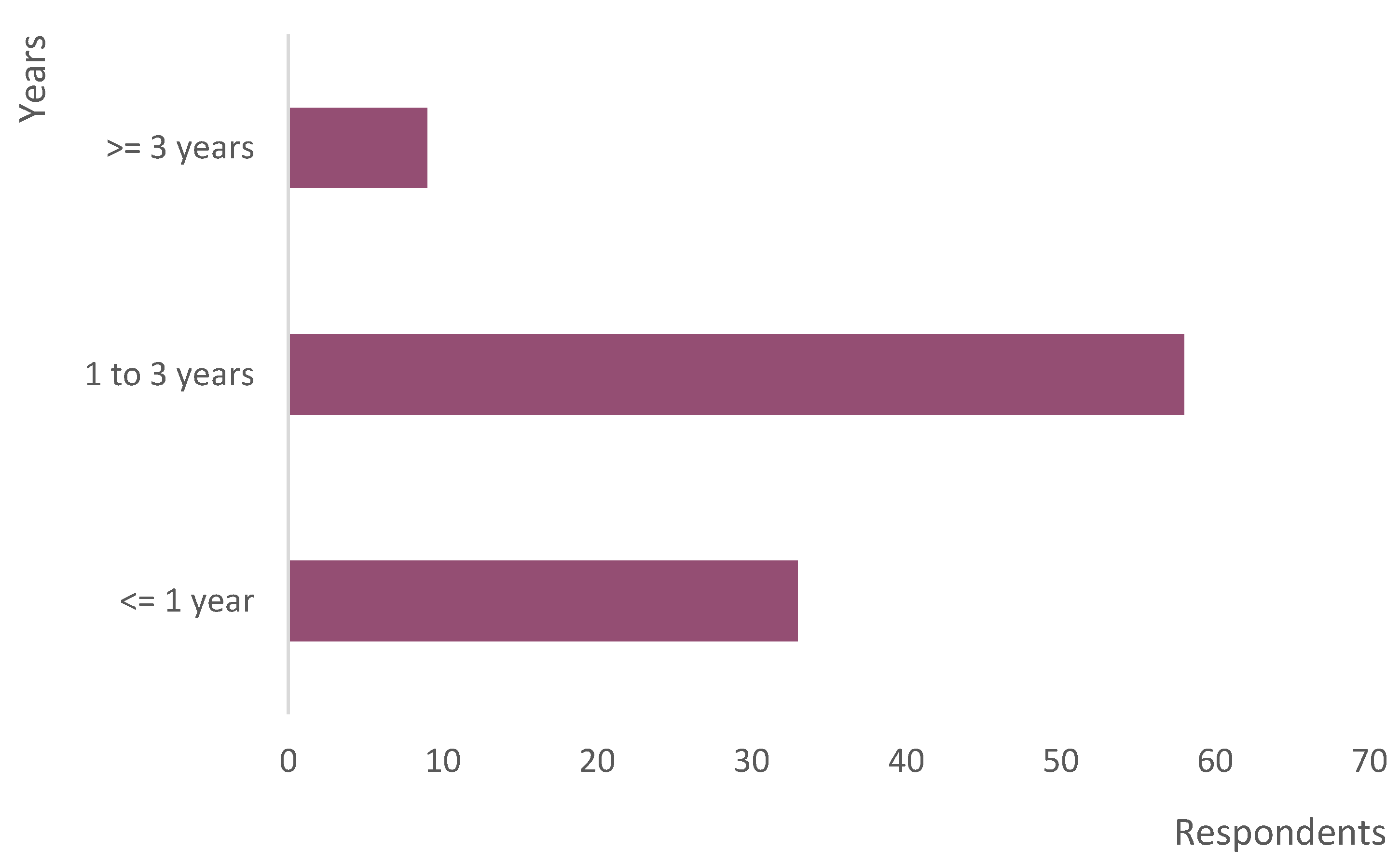When, What and How to Teach about Electric Mobility? An Innovative Teaching Concept for All Stages of Education: Lessons from Poland
Abstract
:1. Introduction
- Implementing all shared mobility services, such as electric car-sharing, bike-sharing, moped, or scooter-sharing services;
- Providing campaigns promoting purchasing electric vehicles;
- Implementing tax exemptions or offering additional privileges for electric vehicle owners;
- Spreading patterns of new mobility with the use of electric vehicles including electric quads, rickshaws, Segway’s, unicycles and electric skateboards.
2. Pedagogical Background
- Objectives;
- Content and didactic tasks;
- The age of the students, the size of the group;
- The time and place at teacher’s disposal;
- The methodological and didactic skills of the teacher.
- These factors should be considered when designing learning content.
3. Methods
- Stage 1: an educational diagnosis survey leading to the identification of educational gaps and concerns regarding the use of electric mobility;
- Stage 2: expert research among professionals related to the implementation of electric mobility to determine recommendations for the planned educational methodology;
- Stage 3: development of the concept with a juxtaposition of educational issues in the field of electric mobility and education methods adapted to the level of education.
- Emin—minimum number of experts,
- p = α is statistical significance, α = 10%.
- Electric shared mobility providers who daily deal with the implementation and maintenance of sharing systems—11 representatives;
- Infrastructure providers (charging stations and parking spaces) for electric vehicles—3 representatives;
- Representatives of foundations fighting for the rights of electric vehicle users—4 representatives;
- Representatives of companies selling and servicing electric vehicles—3 representatives.
4. Results
4.1. Electric Mobility Knowledge—Diagnosis
4.2. Results of Expert Research
- Basic knowledge of the construction of an electric vehicle and its principles of operation,
- Basic knowledge about the maintenance (including daily maintenance) and servicing of an electric vehicle, e.g., how to check it is ready to drive,
- Ability to connect the vehicle to the charging station,
- the ability to assess the distance that can be traveled at a certain energy level in the vehicle,
- Basic knowledge of places where driving electric vehicles is allowed,
- Detailed familiarization with the model of the vehicle, especially the rented one–for example, in many cases of scooters, the braking or acceleration method of the vehicle differs,
- The right sense of speed–electric vehicles accelerate much faster than vehicles with combustion engines, which in the case of a sudden start or fast reversing may have unpleasant consequences.
5. Discussion and Results and the Concept of Teaching about Electric Mobility
- Information on financing options;
- The number of funds and forms of support;
- Details of the procedure;
- Eligible people for support, conditions;
- Evaluation criteria;
- Support limits;
- Types of costs [40].
The Concept of Teaching about Electric Mobility
- Teaching electric mobility in primary-school.
- Teaching the electric mobility in secondary-school.
- Teaching electric mobility in an undergraduate school.
- Teaching electric mobility in post-graduate courses.
- Teaching the electric mobility in adult education.
- Teaching the electric mobility in long-life learning education.
6. Conclusions
Author Contributions
Funding
Institutional Review Board Statement
Informed Consent Statement
Data Availability Statement
Conflicts of Interest
References
- European Climate Foundation (ECF). Annual Report 2012; European Climate Foundation: The Hague, The Netherlands, 2013; Available online: https://europeanclimate.org/resources/ecf-annual-report-2012/ (accessed on 27 September 2021).
- European Commission. Clean Power for Transport: A European Alternative Fuels Strategy Communication from the Commission to the European Parliament, the Council, the European Economic and Social Committee and the Committee of the Regions; European Commission: Brussels, Belgium, 2013; Available online: https://eur-lex.europa.eu/LexUriServ/LexUriServ.do?uri=COM:2013:0017:FIN:EN:PDF (accessed on 27 September 2021).
- European Commission. A European Economic Recovery Plan. Communication from the Commission; European Commission: Brussels, Belgium, 2008; Available online: https://ec.europa.eu/economy_finance/publications/pages/publication13504_en.pdf (accessed on 27 September 2021).
- Cansino, J.M.; Sánchez-Braza, A.; Sanz-Díaz, T. Policy Instruments to Promote Electro-Mobility in the EU28: A Comprehensive Review. Sustainability 2018, 10, 2507. [Google Scholar] [CrossRef] [Green Version]
- Hannan, M.A.; Azidin, F.A.; Mohamed, A. Hybrid electric vehicles and their challenges: A review. Renew. Sustain. Energy Rev. 2014, 29, 135–150. [Google Scholar] [CrossRef]
- Van Mierlo, J.; Maggeto, G.; Lataire, P. Which energy source for road transport in the future? A comparison of battery, hybrid and fuel cell vehicles. Energy Convers. Manag. 2006, 47, 2748–2760. [Google Scholar] [CrossRef]
- The European Automobile Manufacturers’ Association. New Passenger Car Registrations, European Union. Available online: https://www.acea.auto/files/20210716_PRPC_2106_FINAL-1.pdf (accessed on 27 August 2021).
- Smart Ride Portal. E-scooters in Poland. Available online: https://smartride.pl/Strefa_Danych/e-hulajnogi-sharing-polska-drugi-kwartal-2021-roku/ (accessed on 27 August 2021).
- UTO Polska Portal. The Market of e-Scooters. Available online: https://utopolska.pl/rynek-detaliczny-hulajnog-elektrycznych/]. (accessed on 27 August 2021).
- European Commission, Digital Inclusion for a Better EU Society. Digital Single Market. 2016. Available online: https://ec.europa.eu/digital-single-market/en/digital-inclusion-better-eu-society (accessed on 1 December 2020).
- Fechtner, H.; Ismail, M.; Braun, T.; Schmuelling, B. Empirical study of training needs for different occupational groups in the context of the increasing spread of electric vehicles. In Proceedings of the 2017 IEEE Frontiers in Education Conference (FIE), Indianapolis, IN, USA, 18–21 October 2017; pp. 1–9. [Google Scholar]
- Cao, Y.; Zhang, X.; Zhou, B.; Duan, X.; Tian, D.; Dai, X. MEC Intelligence Driven Electro-Mobility Management for Battery Switch Service. IEEE Trans. Intell. Transp. Syst. 2021, 22, 4016–4029. [Google Scholar] [CrossRef]
- Basmadjian, R.; Kirpes, B.; Mrkos, J.; Cuchý, M. A Reference Architecture for Interoperable Reservation Systems in Electric Vehicle Charging. Smart Cities 2020, 3, 1405–1427. [Google Scholar] [CrossRef]
- Horschutz Nemoto, E.; Issaoui, R.; Korbee, D.; Jaroudi, I.; Fournier, G. How to measure the impacts of shared automated electric vehicles on urban mobility. Transp. Res. Part D Transp. Environ. 2021, 93, 102766. [Google Scholar] [CrossRef]
- Turan, B.; Pedarsani, R.; Alizadeh, M. Dynamic pricing and fleet management for electric autonomous mobility on demand systems. Transp. Res. Part C Emerg. Technol. 2020, 121, 102829. [Google Scholar] [CrossRef]
- Bohn, S.; Braun, T. Field-configuring projects: How projects shape the public reflection of electric mobility in Germany. Int. J. Proj. Manag. 2021. Available online: https://www.sciencedirect.com/science/article/abs/pii/S0263786321000545 (accessed on 23 August 2021).
- Fitch, D.T.; Mohiuddin, H.; Handy, S.L. Examining the Effects of the Sacramento Dockless E-Bike Share on Bicycling and Driving. Sustainability 2021, 13, 368. [Google Scholar] [CrossRef]
- Mikušová, M.; Torok, A.; Brída, P. Technological and Economical Context of Renewable and Non-renewable Energy in Electric Mobility in Slovakia and Hungary. In Lecture Notes in Computer Science, Proceedings of the 10th International Conference, ICCCI 2018, Bristol, UK, 5–7 September 2018; Nguyen, N., Pimenidis, E., Khan, Z., Trawiński, B., Eds.; Springer: Cham, Switzerland, 2018; p. 11056. [Google Scholar]
- Pemberton, S.; Nobajas, A.; Waller, R. Rapid charging provision, multiplicity and battery electric vehicle (BEV) mobility in the UK. J. Transp. Geogr. 2021, 95, 103137. [Google Scholar] [CrossRef]
- Kirpes, B.; Danner, P.; Basmadjian, R.; de Meer, H.; Becker, C. E-Mobility Systems Architecture: A model-based framework for managing complexity and interoperability. Energy Inform. 2019, 2, 15. [Google Scholar] [CrossRef]
- Eider, M.; Sellner, D.; Berl, A.; Basmadjian, R.; de Meer, H.; Klingert, S.; Schulze, T.; Kutzner, F.; Kacperski, C.; Stolba, M. Seamless Electromobility. In Proceedings of the Eighth International Conference on Future Energy Systems, Hong Kong, China, 16–19 May 2017; pp. 316–321. Available online: https://dl.acm.org/doi/10.1145/3077839.3078461 (accessed on 23 August 2021).
- Huba, M.; Ferencey, V. New challenges in e-mobility education for Slovakia. In Proceedings of the 13th International Conference on Emerging eLearning Technologies and Applications (ICETA), Stary Smokovec, Slovakia, 26–27 November 2015; pp. 1–6. [Google Scholar] [CrossRef]
- Sierpiński, G.; Staniek, M. Innovative approach to education using ICT solutions—Informal education in electric mobility. In Proceedings of the 12th International Conference of Education, Research and Innovation. ICERI 2019, Seville, Spain, 11–13 November 2019; Gomez Chova, L., Lopez Martinez, A., Candel Torres, I., Eds.; IATED Academy: Valencia, Spain, 2019; pp. 3147–3151. [Google Scholar]
- Driscoll, P.; Theodórsdóttir, A.; Richardson, T.; Mguni, P. Is the Future of Mobility Electric? Learning from Contested Storylines of Sustainable Mobility in Iceland. Eur. Plan. Stud. 2012, 20, 627–639. [Google Scholar] [CrossRef]
- Kollosche, I. Communicating electric mobility futures: Towards a school of mobility. Combining futures research and strategic implementation process. Transp. Res. Procedia 2014, 4, 116–119. [Google Scholar] [CrossRef] [Green Version]
- Richey, R. Encyclopedia of Terminology for Educational Communications and Technology; Springer Science & Business Media: Berlin/Heidelberg, Germany, 2013. [Google Scholar]
- Orlich, D.; Harder, J.; Callahan, R.; Trevisan, M.; Brown, A. Teaching Strategies: A Guide to Effective Instruction; Cengage Learning: Wadsworth, OH, USA, 2010. [Google Scholar]
- Popova, O.; Kabanska, O.; Popov, V. The essence and technology of pedagogical forecasting of development of innovation processes in education. In Educational Studios: Theory and Practice: Collective Monograph; Premier Publishing s.r.o.: Vienna, Austria; Prague, Czech Republic, 2018; pp. 273–279. [Google Scholar]
- Orlich, D. Some Considerations for Effective in-Service Education, The Clearing House. J. Educ. Strateg. Issues Ideas 1983, 56, 197–202. [Google Scholar]
- Streitz, R. Educational Diagnosis; University of Illinois: Urbana, IL, USA, 2018. [Google Scholar]
- McMeen, G.R. The Role of Forecasting in Educational Technology. Educ. Technol. 1987, 27, 36–39. [Google Scholar]
- Szlosek, F. Wstęp do Dydaktyki Przedmiotów Zawodowych; IET: Radom, Poland, 1995. [Google Scholar]
- Fry, H.; Ketteridge, S.; Marshall, S. A Handbook for Teaching and Learning in Higher Education Enhancing Academic Practice; Taylor & Francis: New York, NY, USA, 2009. [Google Scholar]
- Timperley, H.; Wilson, A.; Barrar, H.; Fung, I. Teacher Professional Learning and Development; Crown: Wellington, New Zealand, 2007. [Google Scholar]
- Negassa, T. Modern Methods of Teaching: Hand-Book for Teachers and Students; LAMBERT Academic Publishing: London, UK, 2012. [Google Scholar]
- Mishin, V.M. Research of Control Systems; Textbook for Universities; Unity-Dana: Moscow, Russia, 2003. [Google Scholar]
- Announcement by the Minister of Infrastructure of September 11, 2018 on the Publication of a Uniform Text of the Regulation of the Minister of Infrastructure and Construction on the Training of Applicants for Driving Licenses, Instructors and Lecturers. Available online: http://isap.sejm.gov.pl/isap.nsf/download.xsp/WDU20180001885/O/D20181885.pdf (accessed on 15 September 2021).
- Otouczelnie Portal. Elektromobilność—Gdzie Studiować. Available online: https://www.otouczelnie.pl/artykul/6610/ELEKTROMOBILNOSC (accessed on 22 August 2021).
- Kubiczek, J.; Hadasik, B. Segmentation of Passenger Electric Cars Market in Poland. World Electr. Veh. J. 2021, 12, 23. [Google Scholar] [CrossRef]
- Majchrzak, K.; Olczak, P.; Matuszewska, D.; Wdowin, M. Economic and environmental assessment of the use of electric cars in Poland. Energy Policy J. 2021, 24, 153–168. [Google Scholar]
- Brückmann, G.; Willibald, F.; Blanco, V. Battery Electric Vehicle adoption in regions without strong policies. Transp. Res. Part D Transp. Environ. 2021, 90, 102615. [Google Scholar] [CrossRef]
- Sendek-Matysiak, E.; Łosiewicz, Z. Analysis of the Development of the Electromobility Market in Poland in the Context of the Implemented Subsidies. Energies 2021, 14, 222. [Google Scholar] [CrossRef]
- Kowalska-Pyzalska, A.; Kott, M.; Kott, J. How Much Polish Consumers Know about Alternative Fuel Vehicles? Impact of Knowledge on the Willingness to Buy. Energies 2021, 14, 1438. [Google Scholar] [CrossRef]
- Communication Education—The Basis of Curricula. Available online: https://www.ore.edu.pl/wp-content/uploads/2018/03/podstawa-programowa-ksztaloszenia-ogolnego-z-komcommentem.-szkola-podstawowa-technika.pdf (accessed on 23 August 2021).






| Methods | Description | Selected Techniques |
|---|---|---|
| Methods of knowledge assimilation (knowledge-giving methods) | Verbal transfer of specific content of education in the form of continuous structured expression, in an accessible form, consistent with the principles of logic. | Information lecture; talk; storytelling; description; lecture; anecdote; reading; explanation. |
| Problematic methods (methods of self-inquiry) | Ways of didactic work to solve theoretical or practical problems. The methods enable the functioning of passive knowledge, transforming it into active knowledge. | Activating methods (didactic game, drama, didactic discussion, hierarchy method, method of cases, situational methods, staging); mind mapping; observation and measurement seminars; interpretation from analysis and synthesis; posters; simulations. |
| Exposing methods | These methods equip students with a system of values that facilitates a life goal and learning about their own artistic creativity. Emotional activity dominates in these methods. | Active show and description; didactic film; vlogs; webinars; exposure; a show combined with an experience. |
| Programable methods | Methods using the structure of the developed syllabus. | Work with a book; work with the map; using a computer program; applications; E-learning platforms; E-content; |
| Practical Methods | The methods are based on practical and technical activity. | Show; subject exercises; laboratory exercises; production exercises; project method; the guiding text method; seminar; simulation. |
| Area | Gaps in Education |
|---|---|
| Technical Issues |
|
| Social Issues |
|
| Legal Issues |
|
| Economic Issues |
|
| Environmental Issues |
|
| Safety Issues |
|
| Area | Detailed Concerns |
|---|---|
| Technical Aspects |
|
| Economic Aspects |
|
| Social Aspects |
|
| Legal Aspects |
|
| Environmental Aspects |
|
| Safety Aspects |
|
| The Level of Advancement of Knowledge in the Field of Electric Mobility | Recommendations |
|---|---|
| Primary |
|
| Intermediate |
|
| Advanced |
|
Publisher’s Note: MDPI stays neutral with regard to jurisdictional claims in published maps and institutional affiliations. |
© 2021 by the authors. Licensee MDPI, Basel, Switzerland. This article is an open access article distributed under the terms and conditions of the Creative Commons Attribution (CC BY) license (https://creativecommons.org/licenses/by/4.0/).
Share and Cite
Turoń, K.; Kubik, A.; Chen, F. When, What and How to Teach about Electric Mobility? An Innovative Teaching Concept for All Stages of Education: Lessons from Poland. Energies 2021, 14, 6440. https://doi.org/10.3390/en14196440
Turoń K, Kubik A, Chen F. When, What and How to Teach about Electric Mobility? An Innovative Teaching Concept for All Stages of Education: Lessons from Poland. Energies. 2021; 14(19):6440. https://doi.org/10.3390/en14196440
Chicago/Turabian StyleTuroń, Katarzyna, Andrzej Kubik, and Feng Chen. 2021. "When, What and How to Teach about Electric Mobility? An Innovative Teaching Concept for All Stages of Education: Lessons from Poland" Energies 14, no. 19: 6440. https://doi.org/10.3390/en14196440
APA StyleTuroń, K., Kubik, A., & Chen, F. (2021). When, What and How to Teach about Electric Mobility? An Innovative Teaching Concept for All Stages of Education: Lessons from Poland. Energies, 14(19), 6440. https://doi.org/10.3390/en14196440








